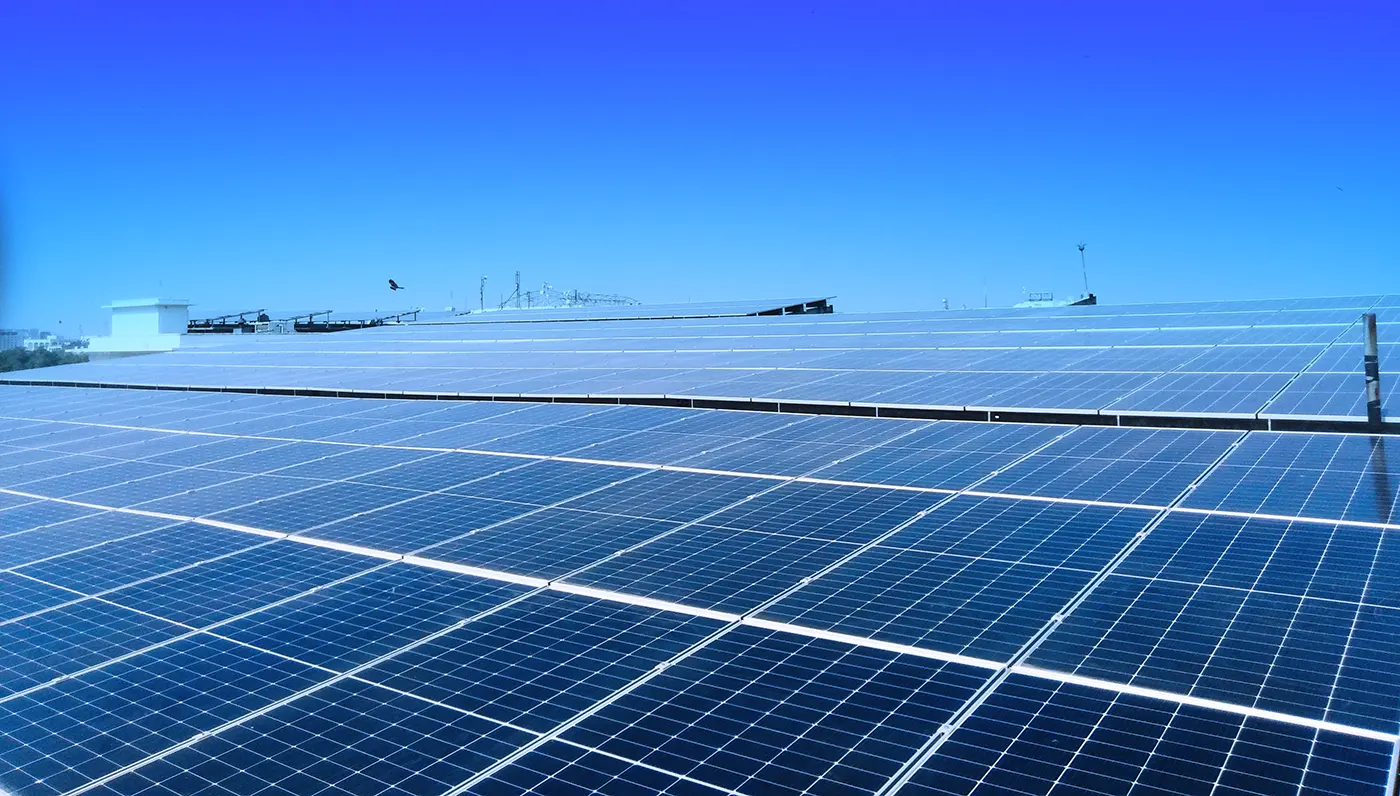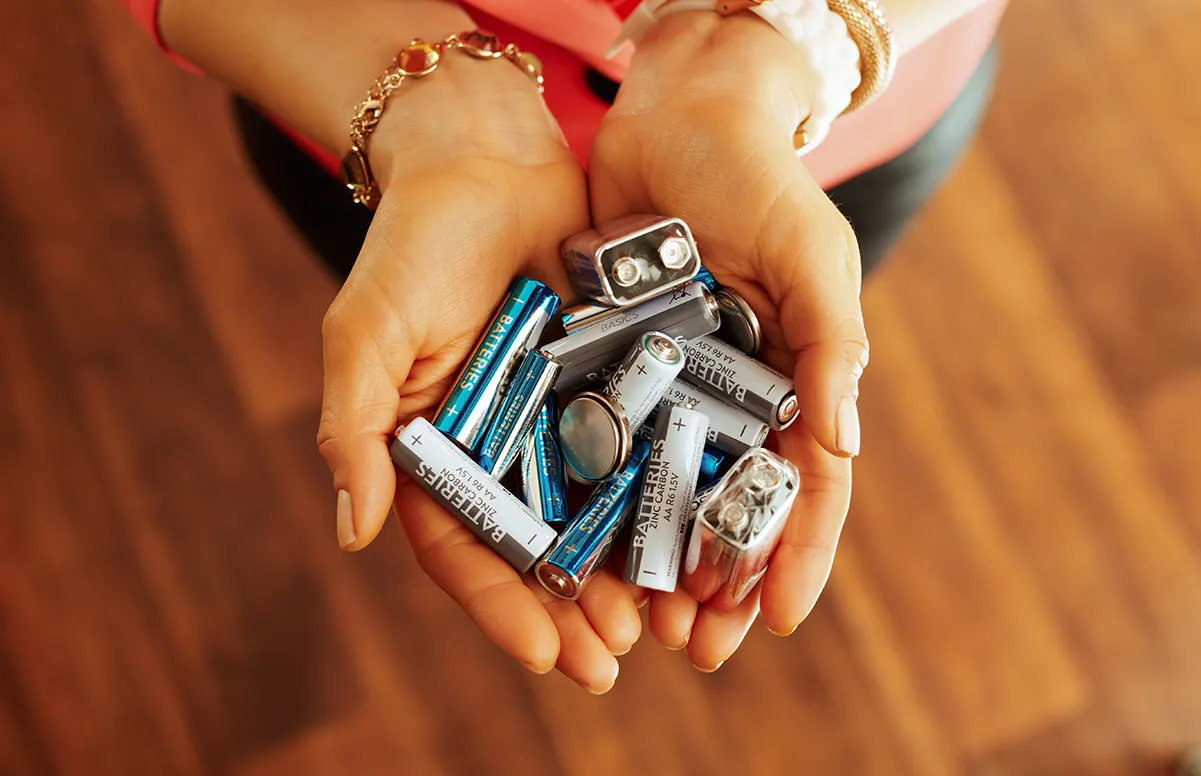Why do we ‘dope’ solar panels?
Solar: the energy of the future. Most know it as a relatively reliable energy source that can be implemented almost anywhere on the globe, however, do you know how it really works? Or how we are trying to improve the silicon modules?
Materials of a solar panel
We typically use silicon (Si) to make solar panels. If you look closely at the periodic table you’ll notice that silicon falls on the boundary between metals and non-metals, officially silicon is classified as a ‘metalloid’. Because of its ‘metalloid’ nature silicon has both properties of a metal and a non-metal. For example, silicon can conduct electricity under specific conditions- making it a semiconductor. This makes sense… because when you are manufacturing solar panels it would be preferable if they conducted electricity.
Silicon is also a highly available resource, after oxygen it is the most abundant element in our earth’s crust. This is important because nearly 95% of solar panels use silicon. However, even if silicon didn’t have such a high abundance it wouldn’t matter, as silicon is very durable; most silicon panels can last over 25 years.
The basis of a solar panel
Solar panels are made of two solar cells (p-type and n-type) laid on top of each other. The point at which they meet is called the ‘P/N junction’. The main difference between these solar cells is the sign of the charge on different sides of them.
P-type solar cells have a positively charged base and a negatively charged top. Oppositely, n-type solar cells have a negatively charged base and a positively charged top.
These differently charged sides of a solar cell are the result of ‘doping’.
What does it mean to ‘dope’ a solar cell?
Keywords:
Electrons: a negatively charged subatomic particle
Hole: the absence of an electron
‘Doping’ is when we vary the number of electrons and ‘holes’ in a semiconductor. If we dope a group 4 element with a group 5 element we will create a n-type, if we dope a group 4 element of a group 3 element we will create a p-type.
It makes sense that the positive cells (p-type) would have more holes and the negative would have more electrons (n-type).
Doping with Phosphorous
Phosphorous has one more electron than silicon, so doping one side with phosphorus makes it more negatively charged. The top of a p-type and the bottom of a n-type is doped with phosphorus.
Doping with Boron
Boron has one less electron than silicon, so doping one side with phosphorus makes it more negatively charged. The bottom of a p-type and the top of an n-type is doped with boron.
How solar panels conduct electricity
Solar panels are designed on the basis of the ‘photovoltaic effect’. The photovoltaic effect is when photons (packets of light) knock electrons out of the orbitals, yet force them to remain within the material. This is different from the widely known ‘photoelectric effect’ which causes electrons to escape from the surface- however, the two are commonly confused.
Once electrons are knocked out from their atomic orbitals they are free to flow. The electrons from the n-type cell will flow through the solar module, then throughout the circuit which it is powering, then back to the p-type cell to fill a ‘hole’. This demonstrated how photovoltaic cells are renewable- nothing is used up in this process and it is free to repeat as many times over, as long as there is available sunlight.
Why do we ‘dope’ solar panels?
Solar: the energy of the future. Most know it as a relatively reliable energy source that can be implemented almost anywhere on the globe, however, do you know how it really works? Or how we are trying to improve the silicon modules?
Materials of a solar panel
We typically use silicon (Si) to make solar panels. If you look closely at the periodic table you’ll notice that silicon falls on the boundary between metals and non-metals, officially silicon is classified as a ‘metalloid’. Because of its ‘metalloid’ nature silicon has both properties of a metal and a non-metal. For example, silicon can conduct electricity under specific conditions- making it a semiconductor. This makes sense… because when you are manufacturing solar panels it would be preferable if they conducted electricity.
Silicon is also a highly available resource, after oxygen it is the most abundant element in our earth’s crust. This is important because nearly 95% of solar panels use silicon. However, even if silicon didn’t have such a high abundance it wouldn’t matter, as silicon is very durable; most silicon panels can last over 25 years.
The basis of a solar panel
Solar panels are made of two solar cells (p-type and n-type) laid on top of each other. The point at which they meet is called the ‘P/N junction’. The main difference between these solar cells is the sign of the charge on different sides of them.
P-type solar cells have a positively charged base and a negatively charged top. Oppositely, n-type solar cells have a negatively charged base and a positively charged top.
These differently charged sides of a solar cell are the result of ‘doping’.
What does it mean to ‘dope’ a solar cell?
Keywords:
Electrons: a negatively charged subatomic particle
Hole: the absence of an electron
‘Doping’ is when we vary the number of electrons and ‘holes’ in a semiconductor. If we dope a group 4 element with a group 5 element we will create a n-type, if we dope a group 4 element of a group 3 element we will create a p-type.
It makes sense that the positive cells (p-type) would have more holes and the negative would have more electrons (n-type).
Doping with Phosphorous
Phosphorous has one more electron than silicon, so doping one side with phosphorus makes it more negatively charged. The top of a p-type and the bottom of a n-type is doped with phosphorus.
Doping with Boron
Boron has one less electron than silicon, so doping one side with phosphorus makes it more negatively charged. The bottom of a p-type and the top of an n-type is doped with boron.
How solar panels conduct electricity
Solar panels are designed on the basis of the ‘photovoltaic effect’. The photovoltaic effect is when photons (packets of light) knock electrons out of the orbitals, yet force them to remain within the material. This is different from the widely known ‘photoelectric effect’ which causes electrons to escape from the surface- however, the two are commonly confused.
Once electrons are knocked out from their atomic orbitals they are free to flow. The electrons from the n-type cell will flow through the solar module, then throughout the circuit which it is powering, then back to the p-type cell to fill a ‘hole’. This demonstrated how photovoltaic cells are renewable- nothing is used up in this process and it is free to repeat as many times over, as long as there is available sunlight.






